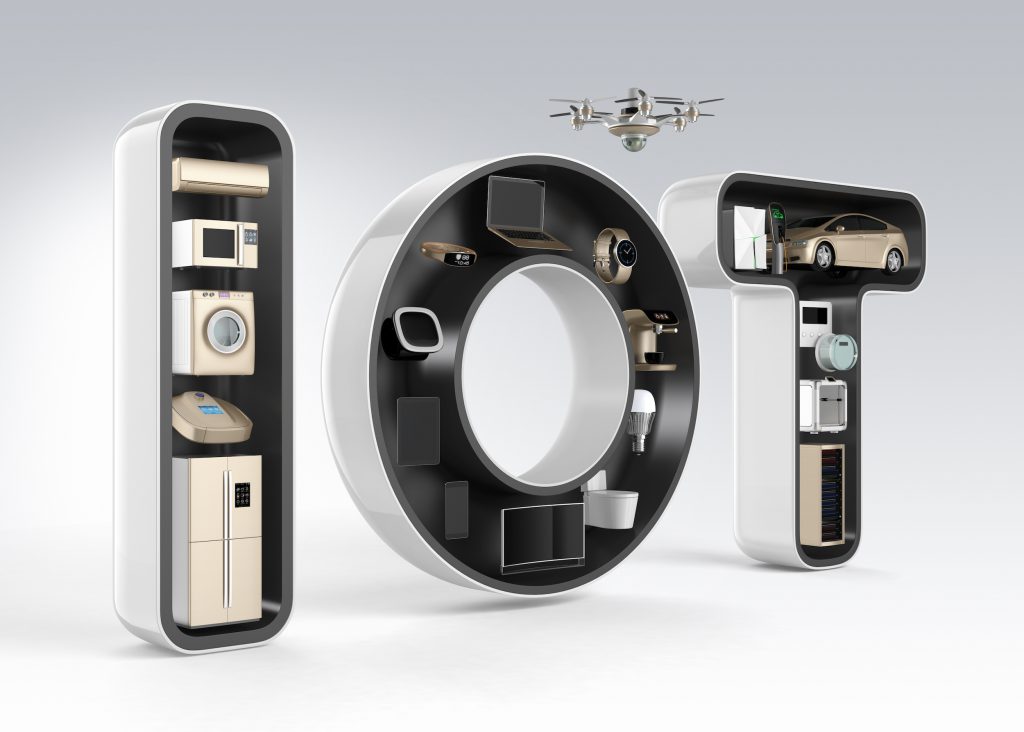By Dina Abdelrazik
Dina Abdelrazik, research analyst at Parks Associates, recently sat down with Research and Markets to discuss technological advancements in the Internet of Things (IoT) and how they’re transforming the way consumers interact with their products.
The Connected Lifestyle
How have technological advancements affected the adoption, usage and retention of the smart home?
Technological advancements in IoT continue to improve the connected lifestyle. As a result, adoption of smart home products and services continue to grow. As of Q4 2016, 26 percent of households reported they had a smart home device. IoT connectivity and intelligence enables consumers to constantly be aware of the world around them. The ability to remotely monitor and check on the status of events in the home leads to higher engagement rates and a stickier consumer.
Advances in technologies such as voice-based assistants and voice-first devices have flattened the user interface and improved the user experience. The way in which it simplifies the user experience by providing a convenient and familiar interface across products helps to increase retention rates among the accompanying smart home ecosystem. The data derived from such interactions are an important facet.
Data analytics serve as a key enabler to improving the user experience. The more long-term promise of smart devices is that they can draw on data analytics and machine learning algorithms to better understand the user’s context, learn consumer patterns and preferences, anticipate consumer needs, incorporate big data analytics across larger ecosystems and proactively take action on behalf of the user. Companies are constantly looking for new ways to leverage data from connected devices to revolutionize the user experience. TiVo, for instance, allows pay-TV operators to leverage their conversational services to deliver a personalized connected entertainment experience. By utilizing knowledge graphs built on metadata from the consumer’s viewing behavior, it is able to provide true recommendations and anticipate patterns to streamline content discovery.

Recent developments from companies like Google with the Nest camera and Alarm.com’s acquisition of ObjectVideo, a video analytics provider, illustrate how video analytics can radically change the user experience. A camera that is able to learn faces has the potential to change the way we live by working with smart door locks to automatically unlock/lock doors. Biometric security and data analytics can work together to provide a seamless user experience by minimizing disruptions such as false alarms.
The collection of real-time data across various IoT verticals provides the basis for data-driven applications that can deliver the higher promise of the IoT and connected lifestyle.
Consumer Awareness
What are the three biggest challenges facing the IoT market? How will these changes influence the industry and how will market players respond?
 Low familiarity, solutions lacking clear value propositions to entice consumers and high upfront costs continue to plague the IoT market. Service providers and device manufacturers must address these barriers in order to grow the industry. The lack of consumer awareness is a great barrier that must be addressed through effective consumer education and appropriate sales channels. Companies are finding unique ways to address these issues with new business models, pricing strategies and distribution channels. Vivint, for instance, launched Flex Pay, a financing option that unbundles hardware costs from service subscriptions. Bundling initial hardware costs with a smart home or security service subscription has served as a primary business model for the industry; by breaking away from the traditional pricing model, Flex Pay offers an option to consumers that alleviates the upfront cost burden by enabling consumers to finance their hardware separate from their service subscription.
Low familiarity, solutions lacking clear value propositions to entice consumers and high upfront costs continue to plague the IoT market. Service providers and device manufacturers must address these barriers in order to grow the industry. The lack of consumer awareness is a great barrier that must be addressed through effective consumer education and appropriate sales channels. Companies are finding unique ways to address these issues with new business models, pricing strategies and distribution channels. Vivint, for instance, launched Flex Pay, a financing option that unbundles hardware costs from service subscriptions. Bundling initial hardware costs with a smart home or security service subscription has served as a primary business model for the industry; by breaking away from the traditional pricing model, Flex Pay offers an option to consumers that alleviates the upfront cost burden by enabling consumers to finance their hardware separate from their service subscription.
Another key move by Vivint that addresses the challenge in low consumer awareness is their recent partnership with Best Buy. Their partnership will bring Vivint’s products and staff to the retailer’s locations nationwide, placing at least one employee from Vivint at each of the participating stores to help inform consumers’ purchasing decisions. Assisted sales at the storefront to educate, inform and drive the value propositions of smart home devices to the consumer will greatly influence adoption.
Companies like Vivint serve as a role model for innovation. The success and efforts of these companies will help educate consumers on smart home services and devices, which will ultimately expand the consumer IoT segment. If these emerging models prove successful, market players may respond by following suit.
This story originally appeared in “Research and Markets”.
Dina Abdelrazik is a Research Analyst for Parks Associates. She has participated in numerous smart home projects and has authored reports on voice assistant technologies, smart home strategies, home security, and the SMB markets for Parks Associates, a leading market research and consulting firm.



